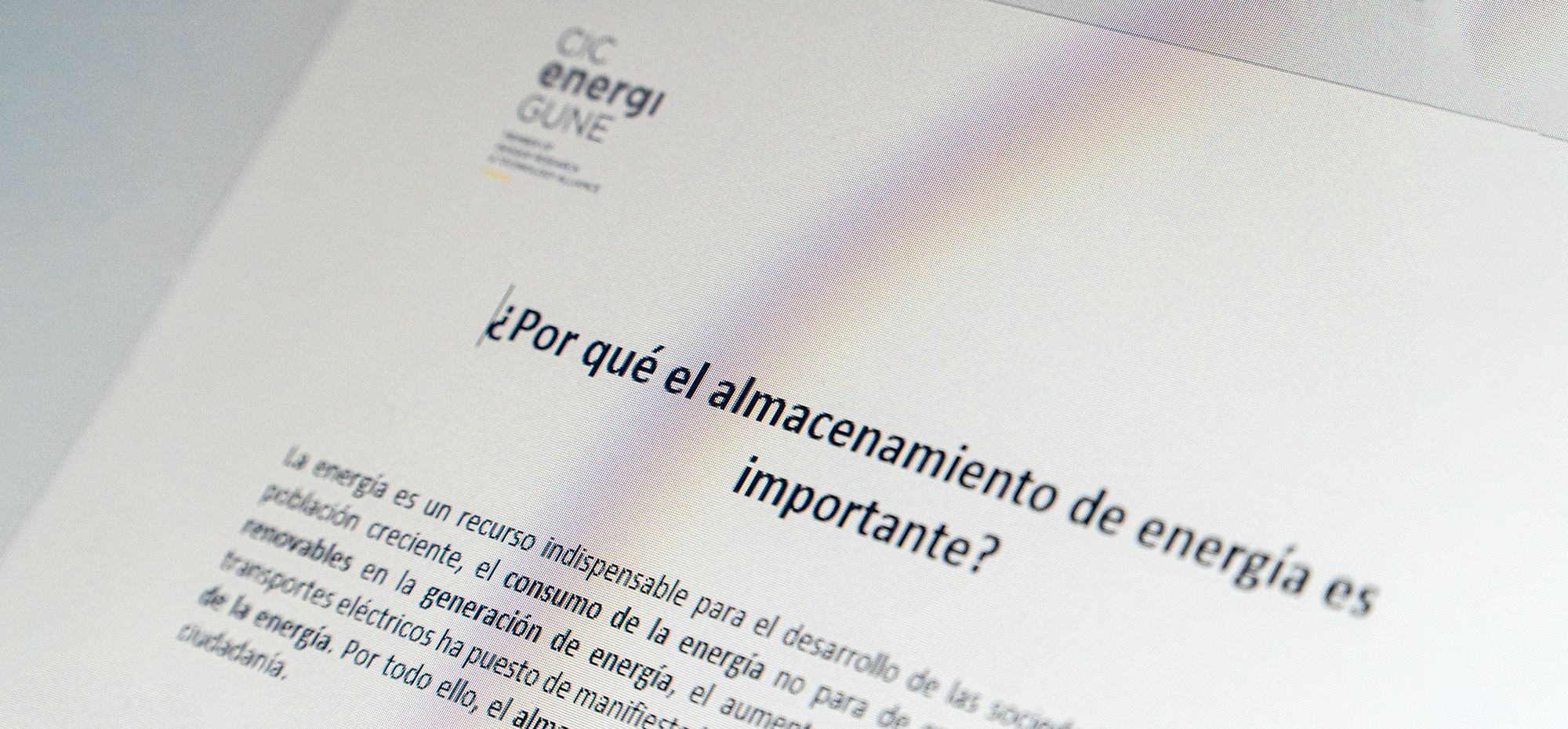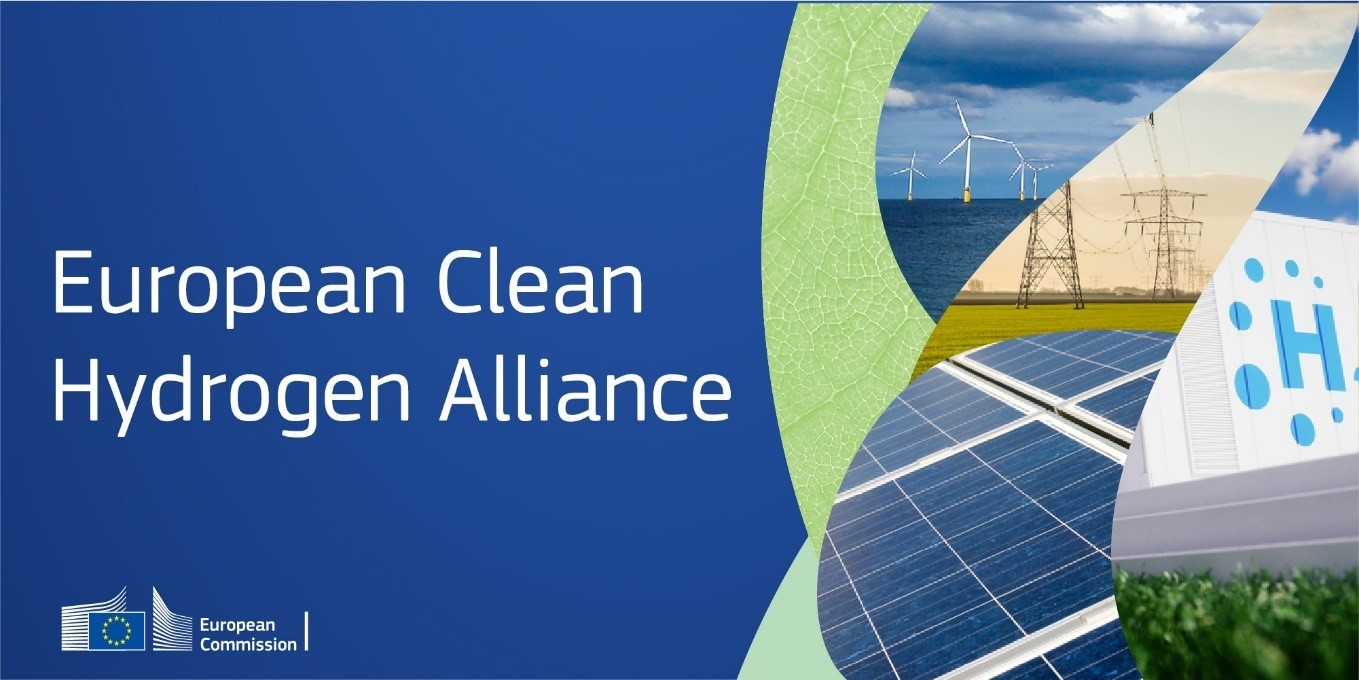This strategy identifies hydrogen as a key vector to decarbonize transport, edification and industry, among other sectors, and to reach a situation of zero emissions in 2050. In fact, hydrogen will help decarbonize sectors of the economy where it will not be possible to achieve this through electrification and renewables.
The European Commission also considers that the commitment to hydrogen will be vital in developing industry and jobs in response to the COVID-19 crisis, supporting this energy transition challenge. The document published by the Commission confirms that the European industry is in a crucial position in this global competition for clean hydrogen and estimates that investment in this sector could reach up to 470 billion euros, creating more than one million jobs and with annual sales of over 630 billion euros.
The road map for this strategy proposes three stages.
The first stage covers the years 2020 to 2024. In these next four years, the goal is to reach 6GW of hydrogen electrolyzers producing up to 1 million tons of renewable hydrogen. This will complement the decarbonization of existing hydrogen production in sectors such as chemicals and will allow the deployment of new sectors such as hydrogen-powered heavy transport.
Furthermore, this stage will promote the deployment and improvement of the infrastructure associated with hydrogen transport, paying particular attention to the capture of CO2.
The second stage covers the years 2025-2030. In this period, 40 GW of hydrogen electrolyzers should be reached to produce 10 million tons of renewable hydrogen in 2030. In this period, renewable hydrogen is expected to be more common in sectors such as steel and transport (trucks, rail and maritime). It is also expected that this vector will begin to play an essential role in providing flexibility to the electricity grid, such as daily or seasonal storage, in response to the massive increase in the penetration of renewable energies. At this stage, carbon capture technologies will continue to be optimized, thus working in greenhouse gas emissions.
Furthermore, the creation of "hydrogen valleys" such as the one to be launched in Muskiz will be promoted, with the development of infrastructures in specific areas where the entire value chain is addressed: the hydrogen production through renewable energies, the transport and distribution of hydrogen and the demand for it in buildings, in mobility as well as its use for storage.
In this stage, a cross-border logistics infrastructure will be set up between the state members. This will make it easier to connect the points of demand with those of production. It is also expected that the existing gas network will be used for the transport of renewable hydrogen.
The next period runs from 2031 to 2050. The European Commission hopes that this will be the period when renewable hydrogen technologies reach their technological and cost maturity, helping to decarbonize the most challenging sectors of the economy. At this stage, an estimated 25% of renewable energy production will be used to produce renewable hydrogen.
Also, at this stage, synthetic hydrogen-derived fuels will start to be exploited and will reach other more complicated transport sectors such as aviation or shipping. It is also estimated that natural gas can start to be displaced by sustainable biogas with carbon capture.
European Alliance for Clean Hydrogen
On the same day, 8 July, the European Commission launched the European Alliance for Clean Hydrogen. This alliance will be essential to achieve the objectives detailed in the previous road map by leveraging public-private funding to reach the level of investment and production of clean hydrogen mentioned above.
This initiative will also deploy ambitious demonstrators to strengthen the entire value chain of the renewable and low-carbon hydrogen industry. All public authorities from countries and regions will be represented around this initiative, as well as the rest of the civil society.
The hydrogen-related IPCEI
In this outline, the European Commission recalls the impetus that the Hydrogen Important Projects of Common European Interest - IPCEI - can provide. These are demonstration projects that represent an essential step in the competitiveness and sustainability of the European Union. More than one Member State must participate in them, and they are projects of a distinctly innovative nature that make significant progress on state of the art in the technology sector, covering an initial industrial deployment.
A few months ago, we mentioned in this blog that hydrogen was an essential vector for the energy transition and that it was here to stay. The strategy announced last week by the European Commission confirms this. At CIC energiGUNE, we will continue working to bring this key technology to maturity to decarbonize our society.
Author: Nuria Gisbert, Director General of CIC energiGUNE; Member of the Expert Committee of the Basque Parliament on the Basque Energy Agreement, member of the scientific advisory committee of the Vitoria-Gasteiz Green Deal and member of the Scientific Advisory Committee of the Basque Council for Science, Technology and Innovation of the Basque Country.










